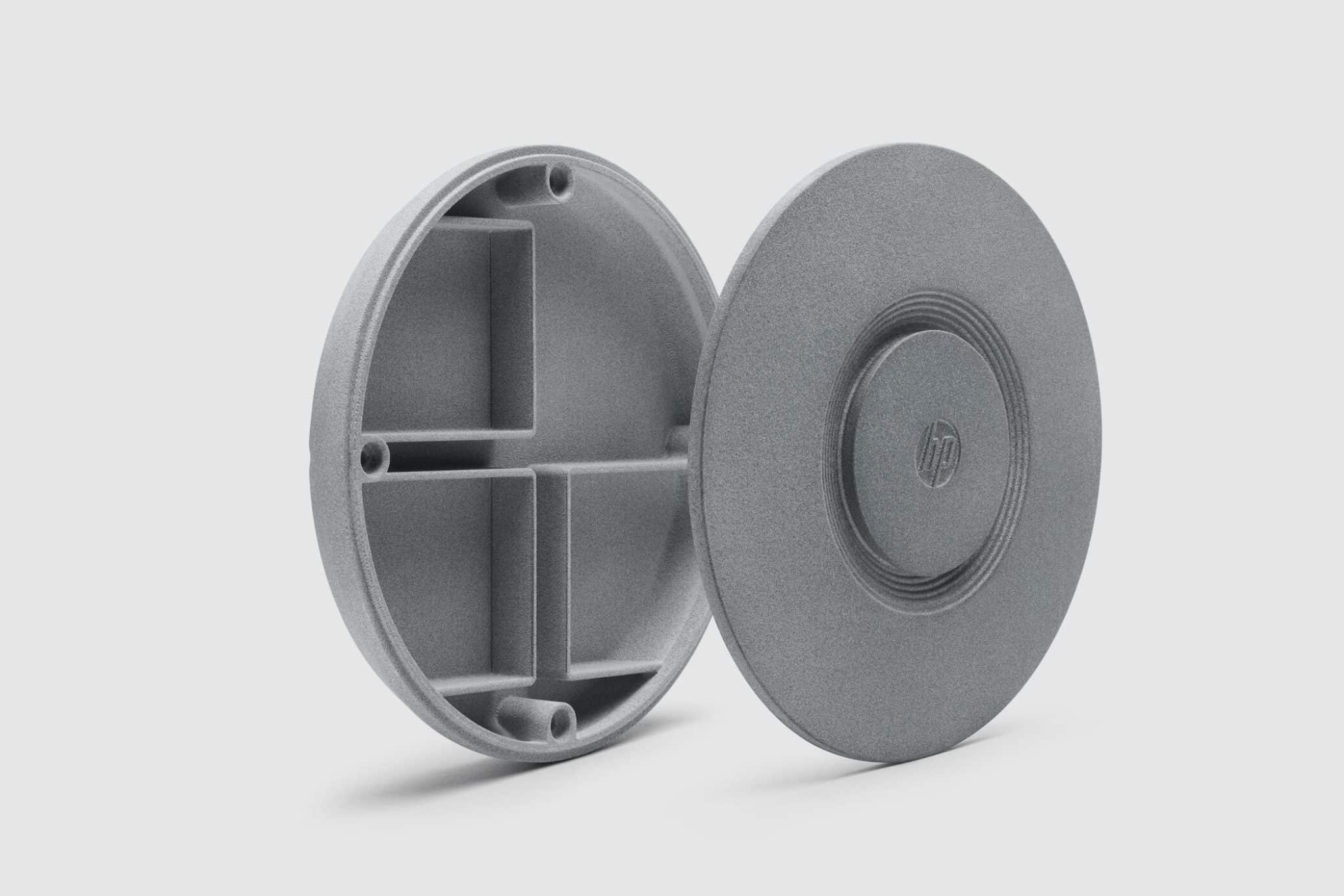Polylactic Acid (PLA)
Introduction to PLA for 3D Printing
Polylactic Acid (PLA) is a biodegradable thermoplastic derived from renewable resources like corn starch or sugarcane. It offers excellent dimensional stability, low warping, and high visual resolution—ideal for rapid prototyping, display models, and low-load functional parts.
Using Fused Deposition Modeling (FDM), PLA enables precise builds with ±0.2 mm accuracy and minimal post-processing, making it a cost-effective solution for high-detail prototypes and aesthetic components.
International Equivalent Grades of PLA
Standard | Grade Number | Other Names/Titles |
|---|---|---|
ASTM | D6400 | Biodegradable PLA |
ISO | 14855 | Compostable PLA |
EU | EN 13432 | Industrial Compostable |
China | GB/T 19277 | PLA Resin |
Comprehensive Properties of PLA
Property Category | Property | Value |
|---|---|---|
Physical | Density | 1.24 g/cm³ |
Glass Transition Temperature | ~60°C | |
Melting Point | 150–160°C | |
Mechanical | Tensile Strength | 50–70 MPa |
Flexural Modulus | 3,000–4,000 MPa | |
Elongation at Break | 3–10% | |
Hardness (Shore D) | 83–87 | |
Other | Biodegradability | Compostable (EN 13432) |
Suitable 3D Printing Processes for PLA
Process | Typical Density Achieved | Surface Roughness (Ra) | Dimensional Accuracy | Application Highlights |
|---|---|---|---|---|
≥95% | 12–20 µm | ±0.2 mm | Ideal for low-cost, visually accurate models, housings, and educational or consumer products |
Selection Criteria for PLA 3D Printing Processes
Dimensional Precision: FDM with PLA achieves high accuracy (±0.2 mm) and minimal warping, suitable for architectural models and display components.
Environmental Sustainability: PLA is compostable and non-toxic, meeting EN 13432 and ASTM D6400 standards, preferred for environmentally sensitive projects.
Thermal Limitations: With a heat deflection temperature of ~60°C, PLA is best for non-load-bearing, low-temperature environments.
Post-Processing Compatibility: Supports basic finishing methods including sanding, painting, and vapor smoothing to improve surface quality and color finish.
Essential Post-Processing Methods for PLA 3D Printed Parts
Sanding and Surface Finishing: Manual or mechanical finishing reduces layer lines, improving aesthetic appearance for visual prototypes and concept models.
Painting and Coating: Acrylic-based paints and coatings adhere well to PLA, enhancing visual contrast and UV resistance.
Support Removal and Trimming: Support structures are easily removed using mechanical tools or heated cutters, followed by deburring.
Assembly and Bonding: PLA parts are compatible with cyanoacrylate adhesives or ultrasonic welding for quick assembly into prototypes or product housings.
Challenges and Solutions in PLA 3D Printing
Heat Resistance: Limit PLA usage to environments under 55–60°C. For higher heat tolerance, consider using PETG or ABS alternatives.
Moisture Sensitivity: Store PLA filament in a dry container (<20% RH) to prevent hydrolysis, which can reduce print quality and mechanical strength.
Layer Adhesion: Use a heated bed at 50–60°C and nozzle temperature of 190–220°C to ensure optimal interlayer bonding and part strength.
Applications and Industry Case Studies
PLA is widely used in:
Prototyping: Engineering models, ergonomic testing, and design validation.
Education: Demonstration models, STEM kits, and classroom 3D printing.
Consumer Products: Cosmetic housings, light-duty enclosures, and hobbyist accessories.
Architecture & Art: Scale models, concept visuals, and display prototypes.
Case Study: A consumer electronics startup used FDM PLA to rapidly prototype wearable enclosures with ±0.15 mm precision and consistent wall thickness, reducing product iteration cycles by 40%.
Frequently Asked Questions (FAQs)
What are the dimensional limits and tolerances of PLA printed parts?
Is PLA suitable for functional or load-bearing applications?
How biodegradable is PLA in industrial environments?
What are the post-processing options for improving PLA surface finish?
How does PLA compare with ABS or PETG in 3D printing?



